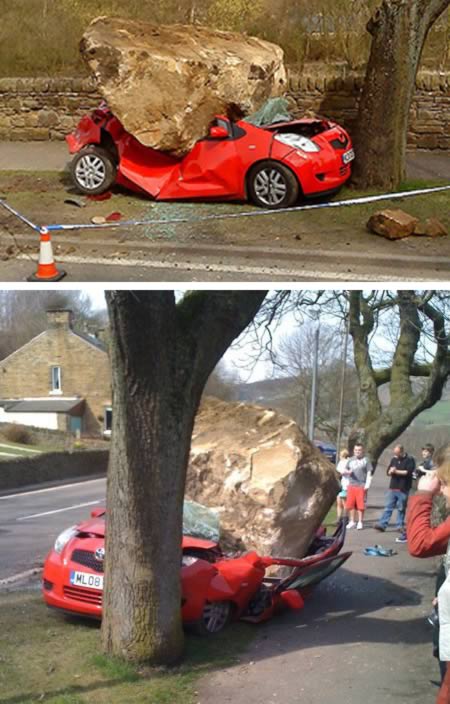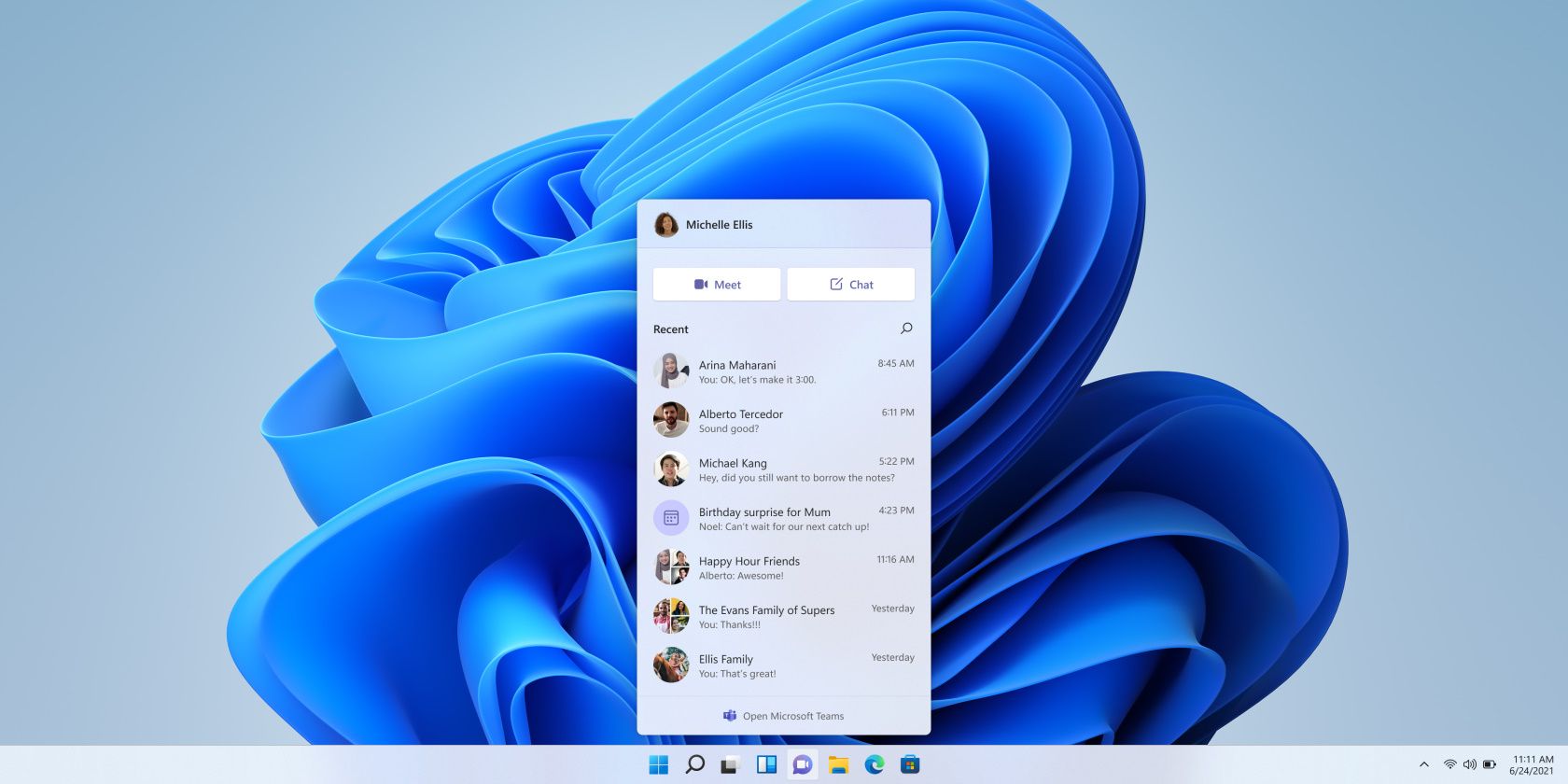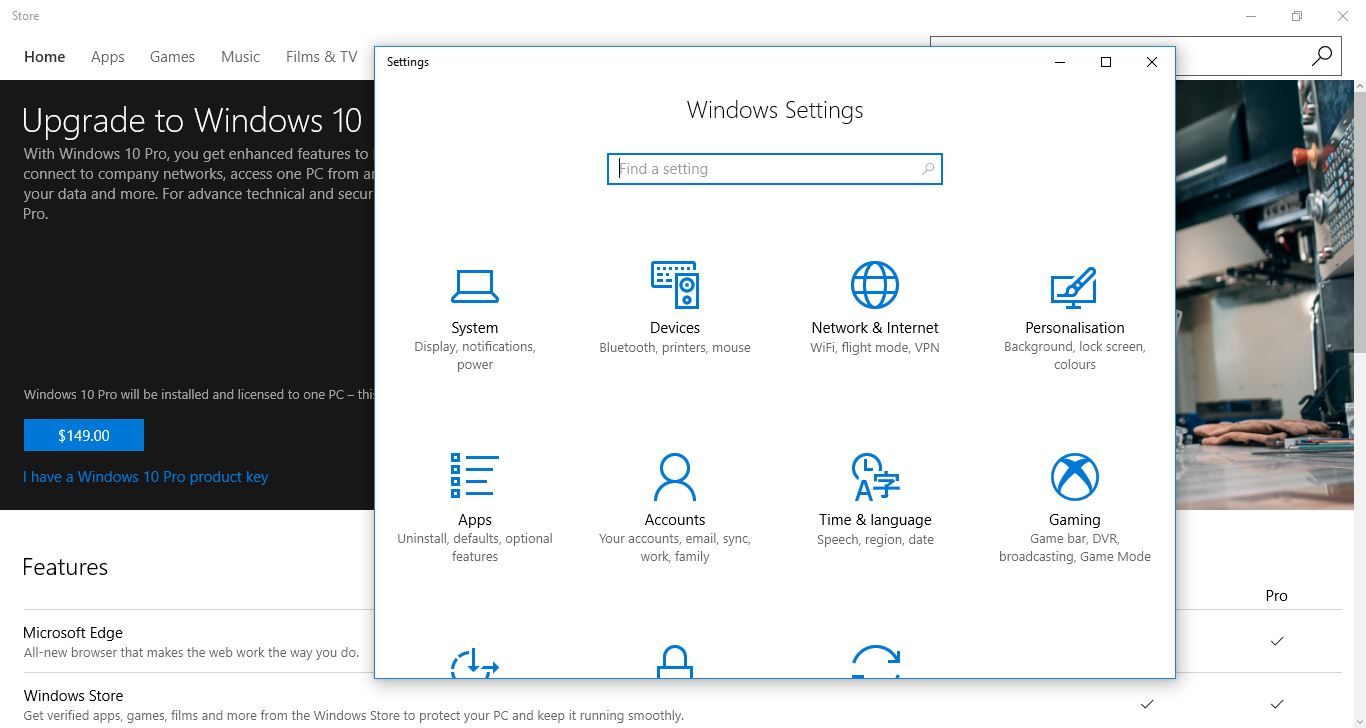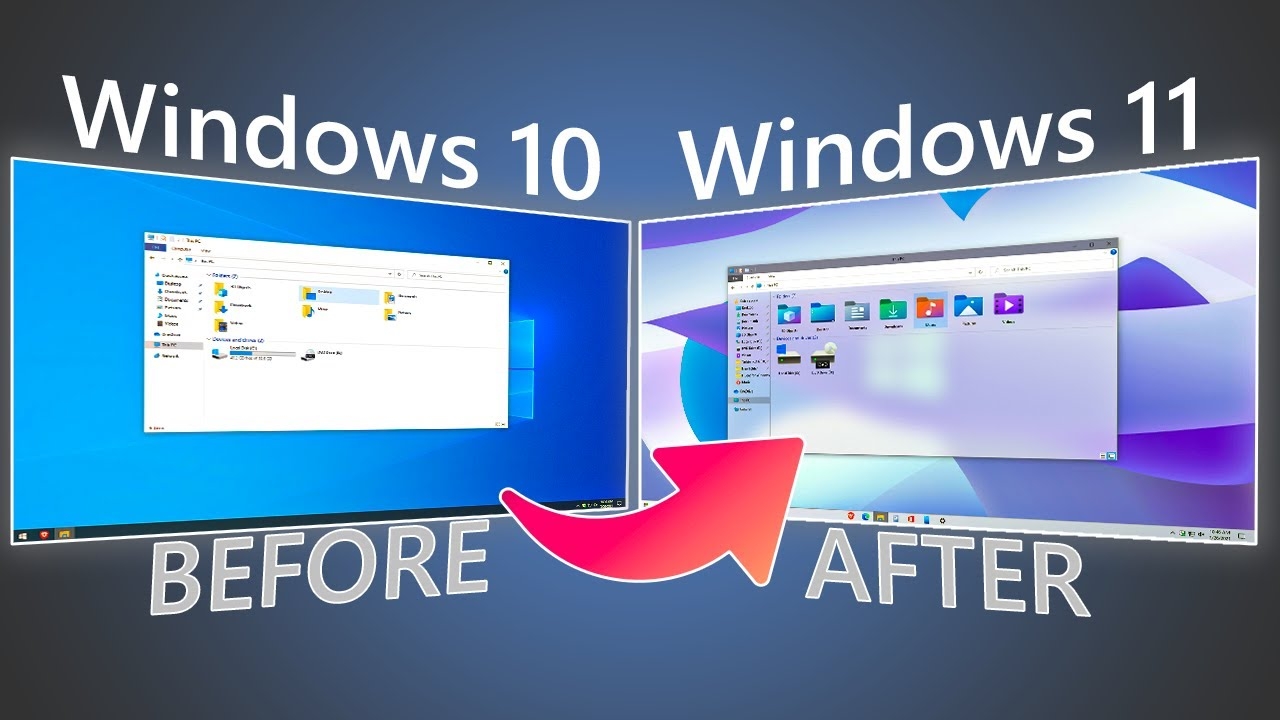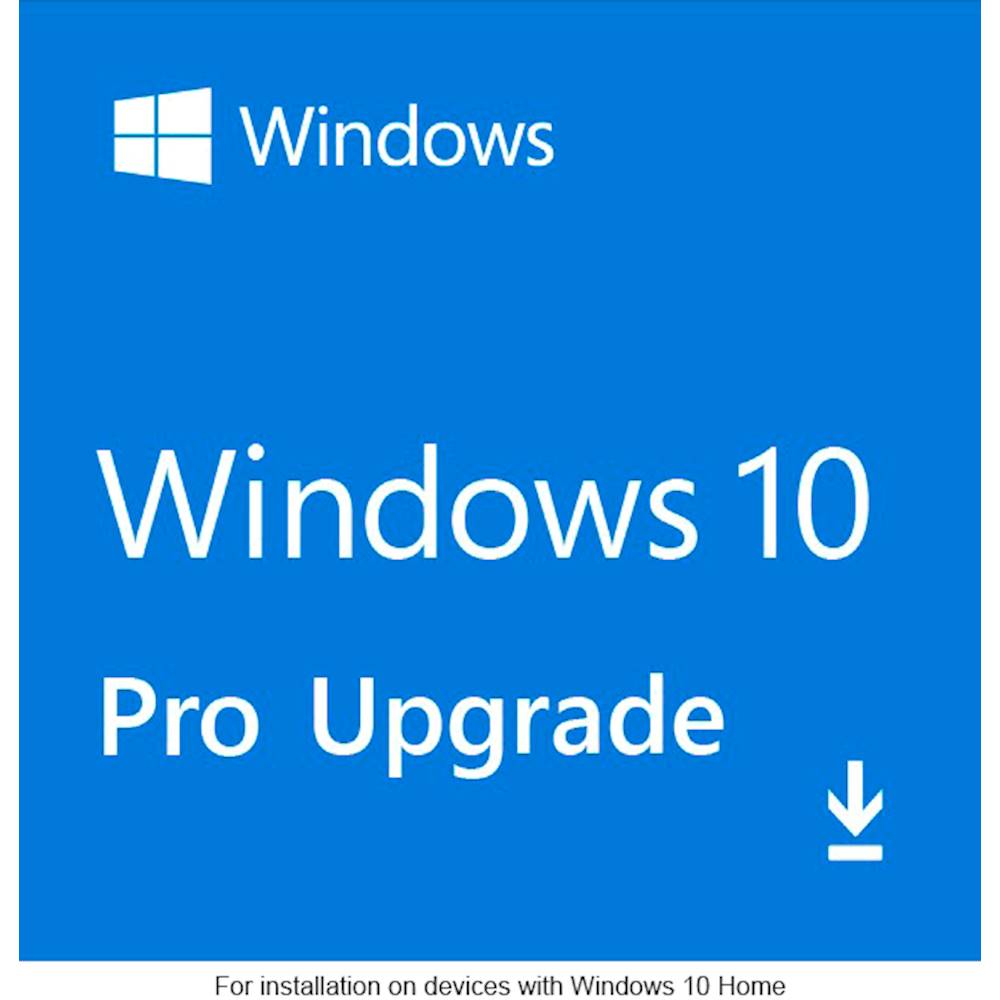Stone chips are a common feature in car paintwork, usually on the bonnet. They normally create deep, very localised damage in the paint. They are caused by little rocks, gravel and road debris flicked backwards from the tyres of cars and vehicles in front of you, and they are more common on motorways.
Unfortunately, at high speeds the little stones can turn into miniature comets, leaving a deep ding in your paintwork. Stone chips are more common in winter as salt-spreaders throw grit over the roads. As water and ice gets into the chip and affects the metal underneath. Stone chips are difficult to avoid, but the good news is that they can be fixed. The trick is to repair the damage as soon as you can and not leave it to worsen in the rain. Here are our top tips to fix car paint stone chips, plus how to protect your car in the future.
The most common method we use for this repair is to respray small localized areas (where stone chips are located – also known as smart repair) and touch-ins. We make sure that we use top-quality products that match your vehicle's color-coded paintwork for a flawless finish. Stone chip repairs are often done and completed on the same day meaning that you will be out back on the road in no time, no longer worrying about the damage that your car has sustained.
Stone chips can be an absolute nightmare and are often overlooked. However, if left and not properly repaired, the final value of the vehicle can significantly decrease with the damage getting worse in some cases. Admit it, you can't control everything in your ride, and that includes damages like stone chips as well. No matter how careful you are with your four-wheeler, yet you can't save it all the time. But knowing how to repair stone chips on metallic paint can surely save you some bucks this time. However , there're some greatpaint chip repairs kits available on the market that would fully satisfy the requirements , you can also try them on.
Some also face problems on removing paints from rims , we've provided a distinctive guide on choosing the best paint remover for your rims. You can check it out if you're having the same issues. Clean the car paint chip to begin paint chip repair with soap and water and then dry it with a soft cotton cloth. Rub a dab of automotive polishing compound over the paint chip to gently soften any ragged edges.
How Do You Treat Stone Chips On A Car How to fix stone paint chips on your car Clean the area with soap and water, then rub down with alcohol or white spirit. Once the paint is dry, sand gently to make it the same level as the surrounding paint. This is a typical rock chip that you can fix with this procedure. In fact, even if the chip is about one-fourth the size of a dime, you can still repair it. Clean the chip with soap and water and then dry it with a soft cotton cloth. Rub a dab of automotive polishing compound over the chip to gently soften any ragged edges.
Too much rubbing could damage the clearcoat over the paint and make a cloudy mess. Anyone who already has paint damage on their car, how Scratches or stone chips discovered knows how annoying that is. It is not uncommon for even the smallest damage to result Rust stains in the paint, which because of this can eat right through to the sheet metal.
Especially at dark paints, because the light primer or even the sheet metal stand out visually. Tiny little quirks can often be solved with a good one Remove polish, but that is not always successful. Especially in winter, cars can get away quickly with gravel rockfall affected. In the optimal case, however, such damage can be removed with a scratch polish. A vehicle painting is roughly divided into one Paint layer and the clear coat on top.
If only the clear lacquer is scratched, that is often enough to repair it Scratch polish. The touch-up stick mentioned at the beginning does not even have to be used. Spraywise offer a fully mobile service for all stone chip repairs in Wigan and the surrounding areas. When a stone hits your car, it can leave damage and pile up on your "to-do list" for things to get sorted. However, when you choose Spraywise, there is no need to come to us. We will come to you at a time that suits your schedule best.
Stone chips are very common when it comes to car damage and often this type of damage happens on motorways caused by little rocks, gravel, and road debris. The one technique that can work is to keep filling the holes with paint until the the paint actually causes a raised bubble. Sometimes if this operation is successful, the repair is almost invisible. Unfortunately it hardly ever works well on metallic cars, only those with a plain base colour such as red, black or white.
The other problem is that it can take a very long time, as each layer of paint can need to cure . You should follow the manufacturer's instructions on the side of the touch up paint. It is important to shake the tins for a good long time, especially with metallic colours as the metal flecks can sink to the bottom of the bottle. And do not use plastic or styrofoam cups as the solvents in the paint will eat right through them and the paint will pour through the bottom. The best thing to use is the plastic lid of an aerosol can.
You should aim to fill the small hole left by the stone chip and no more. The same goes for small scratches, less is more, aim to cover as little area as possible, just enough to hide the damage. If you feel you are competent with a brush, then feel free to go the full hog with your touch in kit.
You can apply the primer, then the base coat, then the top coat. Don't be tempted to just go straight for the cheapest kit – they come in a very limited range of paint colours that might leave a noticeable repair. This more modern type of repair involves just repainting the damaged area, making it cheaper and faster to do.
Plus professionals will use colour-matching technology to mix the right paint tone to match your car. If your car has a good paint finish, always consider a professional repair over a DIY kit. Get a free, no-obligation quote for from our Autobody Sydney specialists. They offer a mobile car body repair service and can come to you at home or at work. Some people opt for a respray job, but as I've written about in the past, they can usually be dealt with much more cheaply and quickly by using a Chipex car touch-up paint system. Chipex have outlets all around the world, so if you're reading this from somewhere other than the U.K., simply go to this page to find your country's Chipex supplier.
For your information, Chipex give a 100% paint match guarantee, and they can supply paint kits for a huge amount of different car makes. To find your car's paint colour code, please use this page. But few stone chips go through to the bare metal, usually they chip off the top coat exposing the primer, so there is no need to re-prime.
Each time you add a new layer of primer, base and lacquer, you need to paint a slightly larger area to cover the one below, so the less layers you put on, the better. Usually, we save primer for when a large chip has occurred, or we have had to repair an area of rust. If you find that you have very many stone chips to do, especially lots of small ones, it would be a huge chore to have to treat with base and clear-coat. A simple way of getting around this is to mix the base and the lacquer together. If you are touching up a silver coloured car, or a car with high metallic fleck, remember to keep stirring the paint, and try to get the paint on as thin as possible. Tyres from the vehicle in front of you will travel over loose gravel and debris on the road, which is then propelled into the air as the tyre flicks them towards your vehicle.
That is why paint chips are most common on the front bumper and bonnet panels. Before doing this, you should check how deep the scratch is! Self-diagnosis can be carried out with a "fingernail". Just drive over the scratch / stone chip and you should be on the edges get stuck, then the upper clearcoat layer is destroyed in any case.
A solvent can be used to determine whether the scratch is deeper to the sheet metal enough. To do this, a cloth is drizzled with a gentle solvent and then wiped over the scratch. If the scratch appears transparent for a moment and the actual vehicle color shimmers through, the paint is under the clear coat still intact. In this case, you can just use some clear coat to be repaired. In the case of superficial damage, an initial attempt with scratch polish is always recommended recommendable.
Often there is a small wire brush in the lid with which the stone chips are sanded. Then carefully apply the paint with the brush in the rockfall dab and the fresh paint dry out permit. Once the paint is dry, the surface can be sanded with 1500 to 2000 grit sandpaper. Stones chips They are most common on motorways and are caused by little rocks, gravel and road debris flicked backwards from the tyres of cars and vehicles in front of you.
Due to the high speeds of these little stones, they often leave very deep dings in your car paintwork, most typically on the car bonnet or bumpers. If you can feel the scratch, or can see that it has gone down to the primer or metal, then you'll need a more comprehensive solution. Scratch repair fluids like T-Cut are often the best solution, as they'll not fill the scratch as well as providing a suitable colour match. Grab a very light grit abrasive pad suitable for repairing paintwork and clean away any rough edges. Then, apply the T-Cut or scratch solution to the scratch.
T-Cut may take some times to cure, so try to fix the scratch in good weather conditions and try to avoid driving for 24 hours or so. You can also damage the car paintwork without a painter fix it and repair it yourself. One should just be aware that at home you will never achieve the same result as with a professional. With regard to the typical rockfalls the area to be painted must be good in advance cleaned and degreased will.
For mending stone chips are paint markers perfectly suited. They are available from the manufacturer and from many third-party suppliers in almost all of the original colors. For a touch up to your car paint, or to repair and remove any scratches, Touch Up Guys will fix it with a mobile service around Auckland, and from a range of NZ franchise locations. Wherever you are, we'll come to you to do a quality and cost-effective job to remove those annoying blemishes on your car, including stone chips. To do the job properly, and fix a deep scratch in your car paint, you will sometimes need to respray the whole panel.
With Chipex, you can expect seamless, professional results thanks to the high-grade blending and polishing solutions. The Chipex repair kits are a cost-effective, simple solution that can be reused repeatedly whenever your car requires it. The system will even fix deep stone chips; however, you will need to build up the paint in layers to achieve good results. Dr. ColorChip's proprietary three-step paint chip repair process is the easiest touch-up paint to use and the most effective way to touch-up minor automotive paint chips and road rash.
Effective paint chip repair keeps your car looking like new and protects it from rust and other long-term damage. I was pretty scared while using the wet and dry paper, once i buffed it off i could see that i'd patched it up but at least all the scratch that was showing before has gone. I don't know weather to just touch up the stone chips i have on the bonnet with just a cocktail stick and the paint i have.
Chips & Scuffs provide a stone chip repair service for all makes and models. The chips can be repaired by our experienced technician restoring the correct height of the paint before applying paint to make the chips vanish. Due to the significant variations in stone chips quotes are provided on an individual job basis. Please contact Chips & Scuffs for a no obligation quotation for paint stone chip repairs.
Repairs are completed with zero hassle at your home or workplace for ease and convenience. It's not possible to completely eliminate the chances of needing car stone chip repairs. But there are some measures you can take to lessen the chances of suffering a chipped or cracked windscreen. Car window tinting, for instance, can offer a degree of protection to your windscreen as the film that's applied in the process will help prevent damage from small flying stones. Nothing quite ruins an otherwise tidy paint job quite like a deep scratch or an assortment of stone chips.
But can you easily fix stone chips or scratches yourself? Use a cutting compound such asT-Cutor very fine grain dry and wet sandpaper to do this. Avoid rubbing too hard so that you don't cause damage to the surrounding clearcoat. You need to avoid sharp edges to make the repair less noticeable. A gravel driveway, a country road, or a rogue pebble on seemingly smooth tarmac.
We've all experienced a stone chip, but what if this causes damage to your car? Prevent Paint Chips – Little paint chips can occur when you're driving at high speeds and tiny rocks and stones jump up and hit your panel. Car wax smoothes the paint surface and will reduce the friction between debris and your car, meaning that tiny debris is more likely to slide off your car rather than damage it. The processed position must then with Benzine and a cotton swab cleaned and degreased. The freshly applied varnish is best done with a fine one Watercolor brush of the Size 0 or 1 Instruct.
The area that was repainted still needs to be reworked after it has dried and hardened. You can use a sanding block for this Grit 1.500 or 2.000 use in combination with water. But you have to be very gentle and never remove too much paint. Finally, the treated area is wiped with a dry cloth, then with a commercially available polish polished and sealed and the damage is repaired. If you have worked properly, nothing of the previous damage should be visible. Once the paint has dried, take a very fine wet & dry sanding paper and with a steady hand, sand down the painted area until you have it at the same level as the surrounding paint.
For very small paint chips, wrap your sanding paper around the blunt end of a pencil to ensure you don't scratch the surrounding paint. If your repair didn't turn out well the first time, don't fret—there are ways to salvage it. After your previous attempt dries, sand the spot back down to the primer with a 360-grit 3M Wetordry sandpaper.











